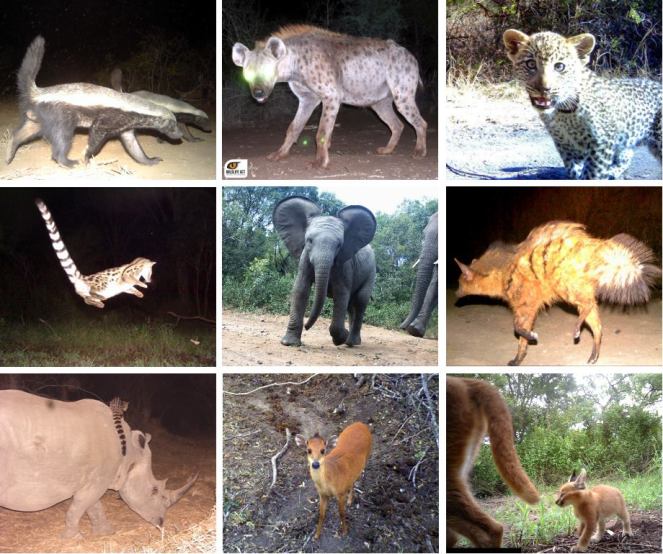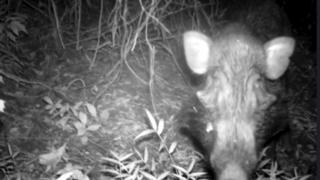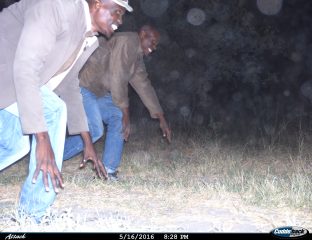Over the last decade, camera traps have become a major tool for conservation organisations all over the world. Now, for those of you that haven’t ever heard of a camera trap or are unsure of what they are, I’ll just quickly explain.
The word ‘trap’ is a bit misleading, don’t worry they don’t involve ‘trapping’ the animal in a cage or harming them in any way. Camera traps are not as elaborate as they sound. They are just cameras equipped with infrared triggers. The camera is left at a location, for days or weeks on end, rigged so that any approaching wild animal will disturb the infrared sensor automatically setting off the camera’s shutter recording images or video sequences to a memory card for later retrieval. All this is done without the photographer being present and any wildlife being disturbed.
Below is a picture of a standard modern camera trap (Courtesy of WWF) that conservationists and researchers would normally use in their studies.

Camera traps are crucial in obtaining data about wildlife populations, their habitats and capturing natural and rare behaviours not otherwise seen whilst humans are present. They produce permanent and verifiable records used by scientists to conserve all manner of wildlife from big cats to birds and all varieties of small mammals and reptiles.


They can even be laid out over a specific area, known as a camera trap network or survey (as shown). Set out this way they can be used to build up a picture of whole communities of species across the landscape. This information can help us find out how communities are structured and how species are interacting over space and time.
Camera traps are being deployed to understand how humans and livestock interact and come into conflict with wildlife.
A more recent development, like that at ZSL’s the Conservation Technology Unit (CTU), is enabling camera traps to send images over phone or satellite networks almost in real-time. It opens up a whole new use for them – the fight against poaching and wildlife crime. You can even take part over the internet – take a look at ZSL’s Instant Wild website and see if you can help identify some of the world’s most endangered and rare species – and YES there’s even an app 😉

The technology to obtain, store and analyse information from the thousands of images that camera traps quickly generate is now being made available. These new software tools are making the process much easier and faster so to better our understanding of human impacts on wildlife and inform land managers in their decisions on both small and large scales.
I’ve had the privilege of taking part in a camera trap survey in a reserve in the Okavango Delta with WildlifeACT. Setting up the traps themselves can be hard work and a lengthy process, but it makes it all worth it when you finally have a look at the images and you discover a new individual, capture a new or rare behaviour, a whole new species in the area! All caught and documented on camera!
Even more amazing is that recently camera traps have captured an animal that conservationists believed might actually be extinct. The first footage in the wild of one of the world’s rarest – and ugliest – pigs – The Javan warty pig. This species is under threat from hunting and habitat loss, but because of camera traps we now know that small populations still survive in Java’s increasingly fragmented forests.

Below are just a few pictures of a camera we put up on Nuanetsi Ranch in Zimbabwe were I was staying for a few nights during my last visit. It was near the end of the dry season so we decided to put the camera near a drying up waterhole. Even if you just experiment with camera traps you can get some awesome pictures! It’s pretty amazing to know you’re sleeping whilst all this is going on pretty close-by.


Oh and you can also have a bit of camera trap fun yourself…. ‘all for academic purposes of course’ ! Me and the guys in the Okavango just checking they work 😉








